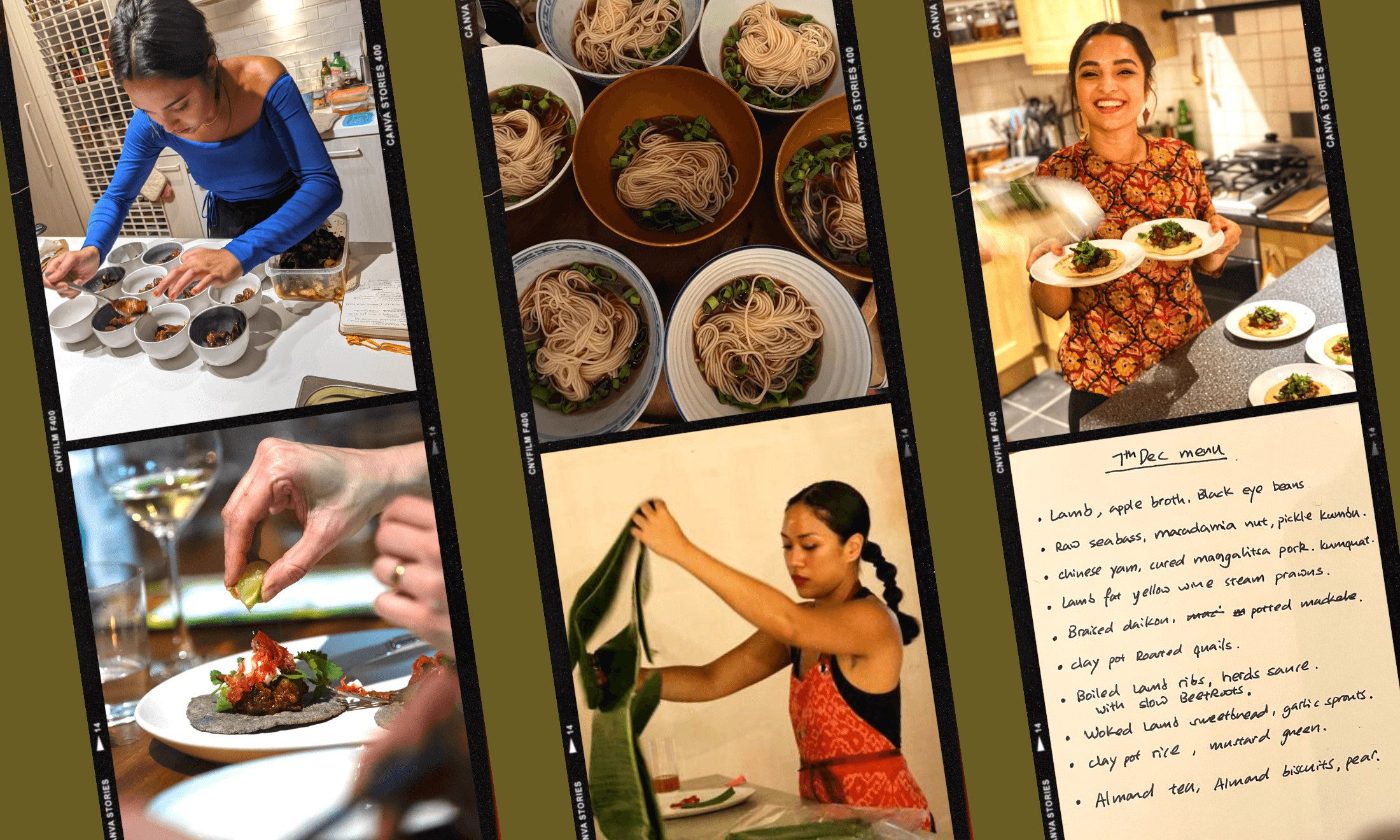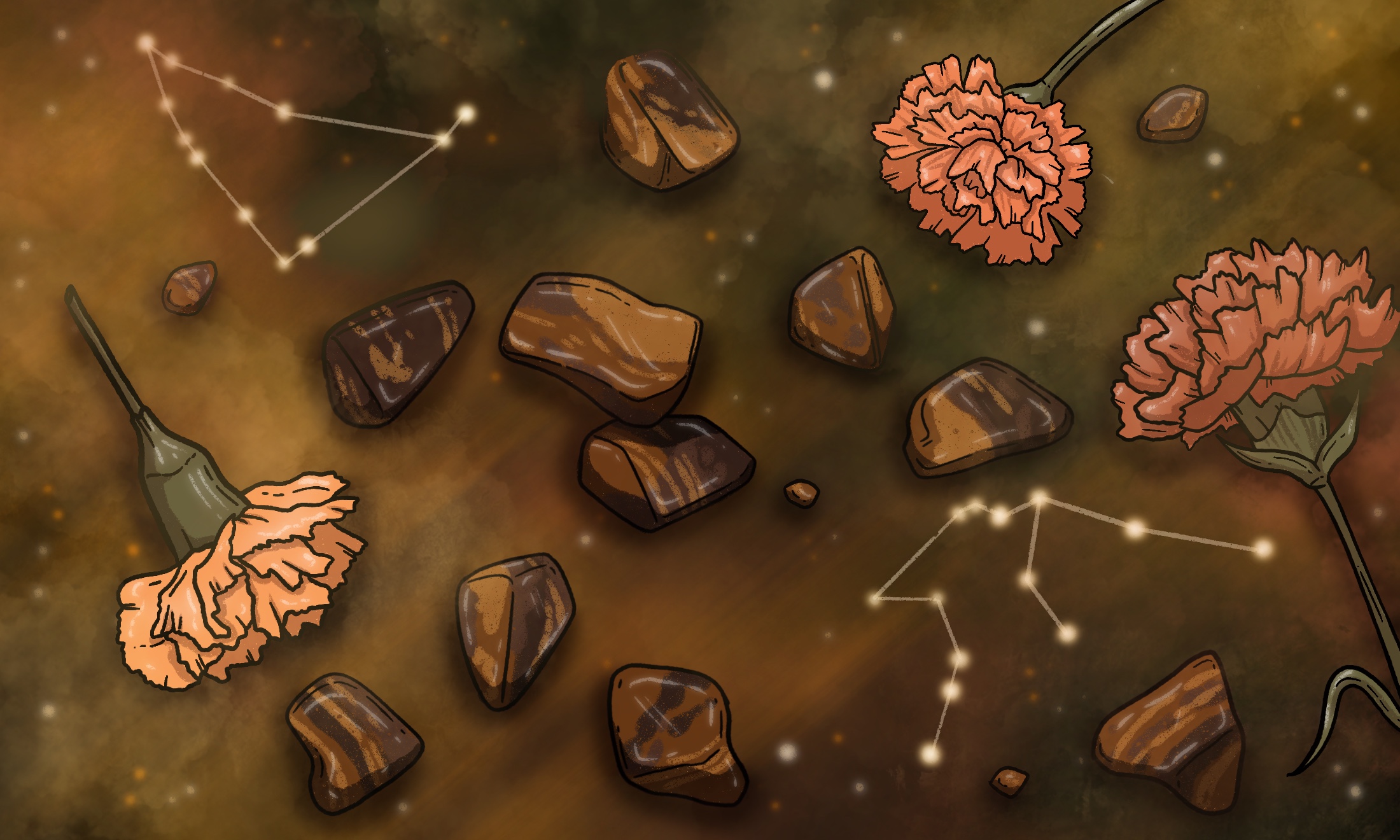
As a black person in 2020, I had to learn how to breathe again
Nneka explores how breathing has always been difficult for black people, and 2020 has shown just that. Now in a journey through the practice of Pranayama, she is learning how to breathe again.
Nneka Jackson
06 Sep 2020
Photography via Pexels / ksh2000
As a queer, dark-skinned black femme, my breath has been stolen in little ways. My earliest memory of this is around age four. I don’t remember the incident that led me to tug on the shirt of a teacher who was in the playground, but I remember her response: “I don’t C-A-R-E.” My breath had been swallowed up by insignificance and nonchalance. That wasn’t the last time I would be rebuffed into silence. Eventually, holding my tongue turned into holding my breath.
The times that I’ve been looked over, ignored or outrightly silenced are innumerable. In each instance, the messaging was clear: your voice isn’t welcome here and frankly, your existence is altogether inconvenient. Most of the time, breathing for me meant that I took only what I needed to survive, too focused on making it through the day to consider the quality of my breath. It was more like: “Oxygen? Check.” And I know I’m not alone; the relationship between black people and their breath is fraught with a tumultuous history.
“I can’t breathe.” This is a chorus that has been rocking the world since the black liberation movement rekindled globally in June. We have watched black death manifest as literal theft of breath until lives cease. The diminished breath of black folk is further emphasised by the Covid-19 pandemic ravaging every corner of the globe – in the UK and US, the respiratory illness is more likely to cause the death of black people, compared to their white counterparts.
“The nature of our suffocation has become exceedingly clear”
But, long before coronavirus, segregation and housing discrimination has forced black people into undesirable locations near industrial plants and highways, exposing them to high levels of pollutants that have lead to increased rates of hypertension and asthma. And African-Americans die at a higher rate from asthma than other ethnicities. In short, it has always been hard to breathe. The nature of our suffocation has become exceedingly clear, as has the necessity for tools through which we can anchor and embrace ourselves within it.
At the end of March this year, I returned from Los Angeles to my home of Jamaica, to ride out the worst of the quarantine requirements. For the first time in a while, I had time to notice my wellbeing, and I found myself paying more attention to my body. One day while scrolling through Instagram, I stumbled upon my friend Natalie Armitage’s daily online Pranayama offering. I figured it couldn’t hurt to begin to shape a daily routine for managing the stay-at-home requirements of lockdown and a consistent yoga practice had previously proven elusive.
Pranayama is an ancient breathing practice taken from the Bhagavad Gita, a Hindu text. It focuses on the activation of Prana, one’s life force, through a series of yogic exercises that focus on the length and quality of breath. Classes with Natalie were at 6 am my time. When I took my first inhale during the first class, I could only count to three. I panicked. I called Natalie in tears: “Nat, I can’t breathe.” “Keep coming,” she told me. “Keep coming.” Every day I woke up to my mat, anxious but determined. The more I visited the mess, the more comfortable I was with going deeper. Daily Pranayama practice demanded a brutal return to self. Determined to expand my body’s breathing capabilities, I woke up at 6am every morning, practising dutifully.
“My breathwork was pulling up deeply held feelings that I had yet to acknowledge, much less process”
At the beginning of the global pandemic, I spent most of the fourteen days of my required quarantine asleep. Otherwise, I was either at Pranayama or in the kitchen. I hadn’t had a place of my own in months and was settling into a cute pied-à-terre in Kingston for an uncertain duration. The near future, at least. Rather suddenly, after discovering a market within walking distance, I began making myself delicious meals. I made a stir-fry with hand-pulled noodles, fresh pasta with a rolling pin and my bare hands, roasted chicken and fried fish.
April was difficult. I went through the exercises daily, even during weekends when there was no class scheduled. I performed the activation exercise, drawing Prana in with each inhale and throwing my arms down on the exhale, imagining my trauma leaking out through my fingertips. Each time I did Simhasana (Lion Breath) – an exercise that requires folding in on yourself, then peeling outwards, to stick your tongue out and expel lurking shadows – I was sobbing by the end. My breathwork was pulling up deeply held feelings that I had yet to acknowledge, much less process. It was emotional and sometimes felt like too much for me to hold. But, over time, I began to notice a shift.
For months, I had been too anxious to read a book, it was an indication of how distant I had grown from myself. But after living in my Airbnb for three weeks, I noticed the small library and slowly picked through the material, reading short bits at a time. I kept going to Pranayama, developed a consistent exercise routine – and became determined to have a fatter ass.
“Breathing became critical to reminding myself that my life exists and that it is valuable”
I confronted my need for rest. At first I didn’t understand my fatigue, but my falling asleep in the last ten minutes of class alerted me to a tiredness in my bones that I had been too busy to pay attention to. I had to adjust my pace to the rhythm of my body – I hadn’t been trusting it to keep me alive. But, despite neglect and, sometimes, altogether disregard; my heart has kept pumping. On days consumed by grief and flashbacks, the small routine I had (breathing, blasting my booty, eating delicious meals and a lengthy moisturising routine) reminded me that even if excruciating, uncomfortable or frustrating; feelings pass. Moments too. What’s constant is my body, my breath.
April became May, then June; after doing little else besides sleeping, breathing and eating, my energy began to return in bursts first, then came in steady as a gentle hum. It was all the Prana I was now consistently taking in – I was no longer just affirming my being, I was exploring it. I swallowed whole books in days, my appetite for all things returning in new and exciting ways. Studying myself in the mirror, I discovered freckles and a small dimple I hadn’t noticed before. I couldn’t go anywhere but I was enjoying the time I never had with myself before.
When protests for black liberation erupted all over the world in late May in outrage over George Floyd’s death, Pranayama became a place for processing grief, anger and exhaustion for me. My practice kept me moving through a constant news cycle of black death, the moments of looking in the mirror and seeing Oluwatoyin Salau staring back at me. It helps me figure out a way around the fact that the people who murdered Breonna Taylor while she was sleeping in her bed have yet to be arrested. Breathing became critical to reminding myself that my life exists and that it is valuable. Knowing, it could be snuffed out at any moment.
In class, my breaths became longer. Outside of my sessions, I was able to breathe calmly and deeply through moments when I felt triggered or overwhelmed. My reaction times have shifted completely: I am now able to sit with my trauma when it demands attention, giving it the time and space to wash through me. I treat myself with grace and kindness.
In the midst of a pandemic of an illness that attacks the respiratory system and disproportionately affects the black community, affirming breath with a daily practice is an act of resistance. Coaching my lungs to take more air in each time is defiant and radical. My survival is optimistic. I’m reminded daily that it is by no means guaranteed. Despite this, with 40 minutes I devote to my breath every day I continue to live. Every morning, I am a miracle.
Natalie is still running donation-based classes on Zoom Mon-Fri. You can also pre-order the handbook and audio for self-practice on her site – out soon.







